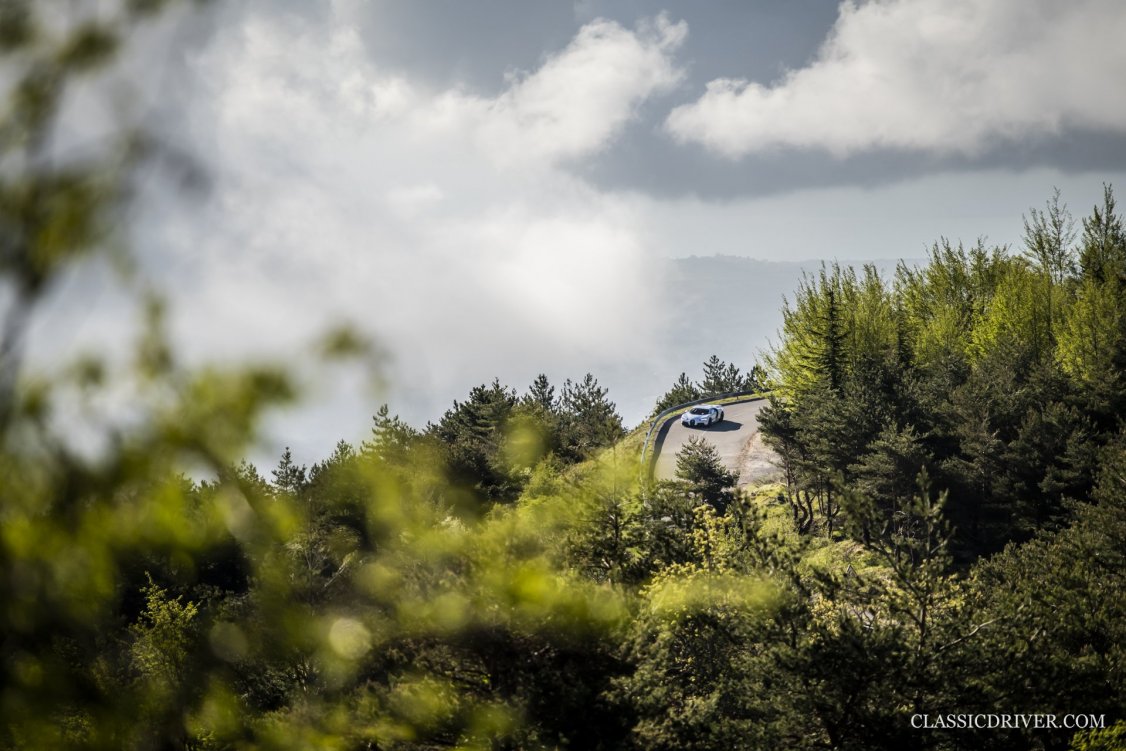
In the automotive industry there are many hot versions of already fast cars: Mercedes’ Black Series, McLaren’s Longtails, and of course Porsche’s many RS-ified 911s. However, none carry the same significance as Bugatti’s own moniker for world-beating performance, Super Sport. These two words are added to what are invariably already the world’s fastest cars to signify the twilight of the model’s lifecycle. Except, in this case, they carry extra weight as Bugatti bows out of the top speed race having beaten the competition to breaking the 300mph barrier with their Chiron Super Sport 300+. We were immensely fortunate to gather both previous modern Bugatti’s to bear the title, along with the supremely talented Remi Dargegen, to welcome this: the almighty Chiron Super Sport.



The Super Sport name goes as far back as 1931, where Bugatti revealed the Type 57 Super Sport at the Paris Motor Show, however, 62 years would pass before another car would wear the badge. In 1993 the EB110 Super Sport debuted, with it’s turbocharged V12 putting out 610 PS, or 602 horsepower, it set the tone for the modern Bugattis to come by setting a speed record of 351 km/h. Two decades later, Bugatti would dust off the badge once again for the Veyron 16.4 Super Sport, which bagged Bugatti yet another Guinness World Record by deploying its 1,200 PS to achieve a top speed of 431.2 km/h, making it the world’s fastest road-legal series sports car. The Veyron Super Sport also has the distinction of being the only version of the model to feature NACA ducts to help make the silhouette as slippery as possible, so dedicated was Bugatti in their pursuit of aerodynamic efficiency and top speed. The Chiron Super Sport finds itself among rarified company, then.


The headline figures associated with Bugatti’s newest Super Sport are predictably ludicrous. Bugatti have overhauled their already monstrous 8.0-litre W16 to extract an additional 100 PS, adding up to a grand total of 1,600 PS, or 1,578 horsepower. The engine now revs higher, with an extra 300 rpm in the rev range lending a max of 7,100 rpm. Peak torque extends 1000 rpm up the rev range too, with all 1,600 newton metres of the twisty stuff available between 2,000 and 7,000 rpm. The maniacs from Molsheim also clearly felt their turbos weren’t quite massive enough, as they have been enlarged too, and during full throttle boost pressure remains maxed out at 2.8 bar, only dipping for 0.3 seconds during gear shifts. The result of these changes is a car that accelerates to 400km/h 7 percent quicker than the already rapid Chiron, and that will continue up to a limited max speed of 440 km/h, or 273 mph. Crucially though, this car is mechanically no different to the Chiron Super Sport 300+ that managed the triple tonne.
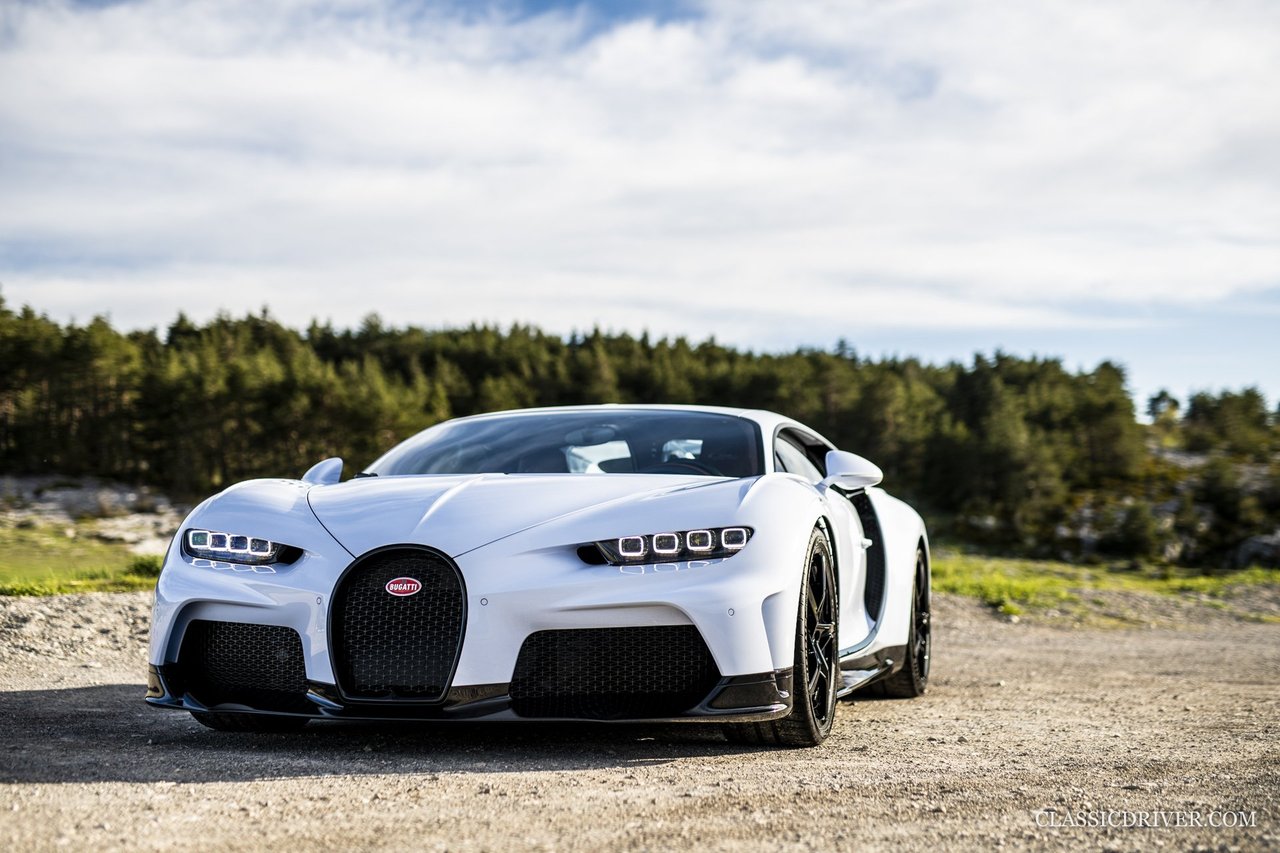


Let’s bring things slightly back down to earth and examine the bodywork of one of the most rapid machines ever to be bound by gravity. It would be a fair observation to say that design-wise very little links the Super Sport variants of the EB110 and Veyron, aside from Bugatti’s signature horseshoe grille. On the other hand, glistening here in pure white, the visual links between the Chiron Super Sport and its predecessors are plain to see. The nine air holes above each of the fenders not only mimic those found on the sides of the EB110 SS, but also help to release air pressure from the front wheel wells, improving downforce over the front axel. The front of the Chiron Super Sport is as aggressive as we have ever seen from Bugatti, with features such as the air curtains helping to improve airflow from the front to the wheel arches and contributing to the car’s insurmountable Überholprestige, that’s overtaking rights to those of us without access to an Autobahn.


Moving along to the Chiron Super Sport’s elongated rear, which would incidentally put any McLaren LT to shame, the aerodynamically-focused ethos of the Veyron Super Sport has clearly been carried over. A whopping 25cm have been added to the car’s tail, clearly delineated by the seam separating the two beautifully-sculpted carbon fibre pieces. According to Bugatti, the extra length was added to hold the laminar flow of air to the bodywork for as long as possible, improving the car’s aerodynamic efficiency. Bugatti’s designers have also taken the bigger is better approach with the Super Sport’s enlarged diffuser, which contributes to a 44% reduction of the rear’s trailing surface. The 300+’s dual vertically aligned double-barrel exhausts are carried over too, helping those being overtaken to differentiate the new Super Sport from lesser Chirons, if such a thing even exists.


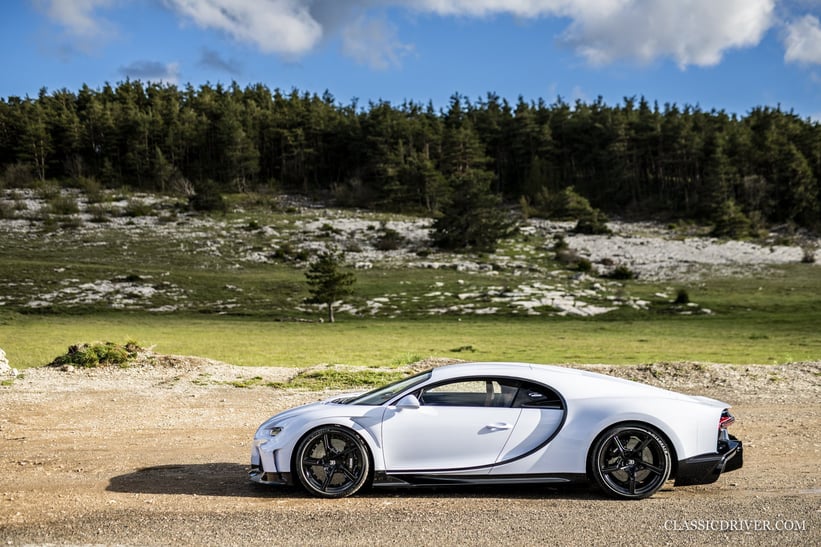
In fact, the only visual difference between the Super Sport and the 300+ is that any lucky owner of a Chiron Super Sport will have carte blanch to specify their new hyper sports car to their hearts desire. This includes the option to have a two-tone horizontally split paint scheme to further accentuate the new car’s longer rear, as well as the option to specify the gorgeous magnesium wheels found on the Chiron Pur Sport. To our eyes at least, the hunkered-down, stretched proportions of the Chiron Super Sport are the realisation of the original Chiron’s mechanical and aesthetic full potential.


The interior is where the least radical changes have occurred, which is no bad thing considering the Chiron already possessed arguably the most exquisite interior this side of the Taj Mahal. The blend of natural leather, polished aluminium, and carbon fibre won’t feel too different to any existing Chiron owners, however, again the level of customisation Bugatti offers will no doubt ensure that each Chiron Super Sport is totally unique. While other top speed-focused hyper cars tend to look a bit barren as a result of their strict diet, Bugatti’s engineering might has effectively produced a smoking lounge mounted inside an intercontinental ballistic missile.

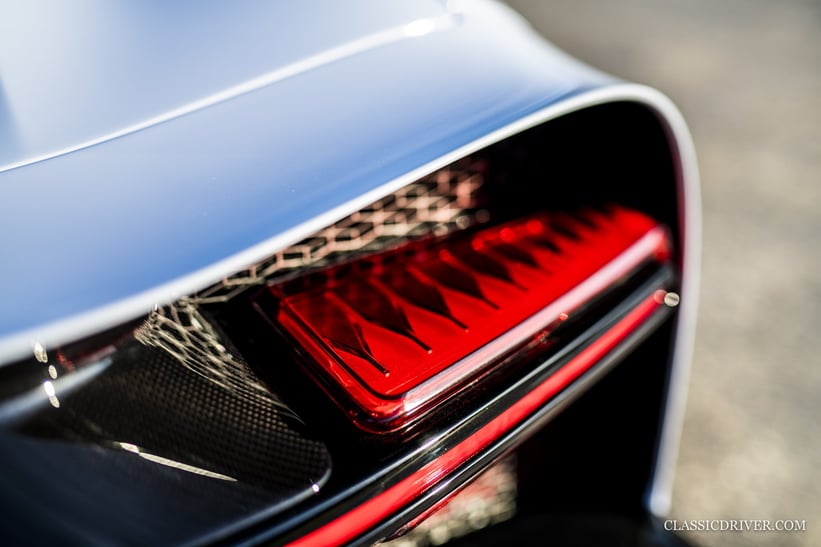
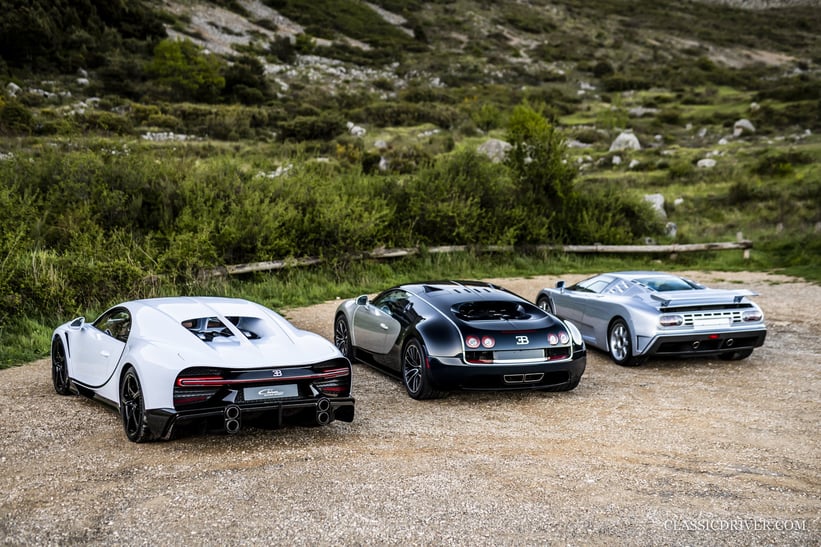
Which brings us to the purpose of the Chiron Super Sport, achieving absolute speed in absolute comfort. This is Bugatti’s ultimate expression of what a grand tourer can be. While the track-focused Chiron Pur Sport was made for cornering and lateral agility, the Chiron Super Sport has been set up to be a far more comfortable place to annihilate continental road trips. According to Bugatti, their focus with the new Super Sport has been on “absolute driving stability coupled with comfort at top speed”. To achieve this aim, new Michelin Pilot Cup Sport 2 tyres had to be developed; the only tyres that can consistently drive up to 500km/h without exploding under the immense forces. Michelin had to thoroughly stress test the tires on a rig that was originally designed for the Space Shuttle in order to ensure the otherworldly performance of the car you see here.

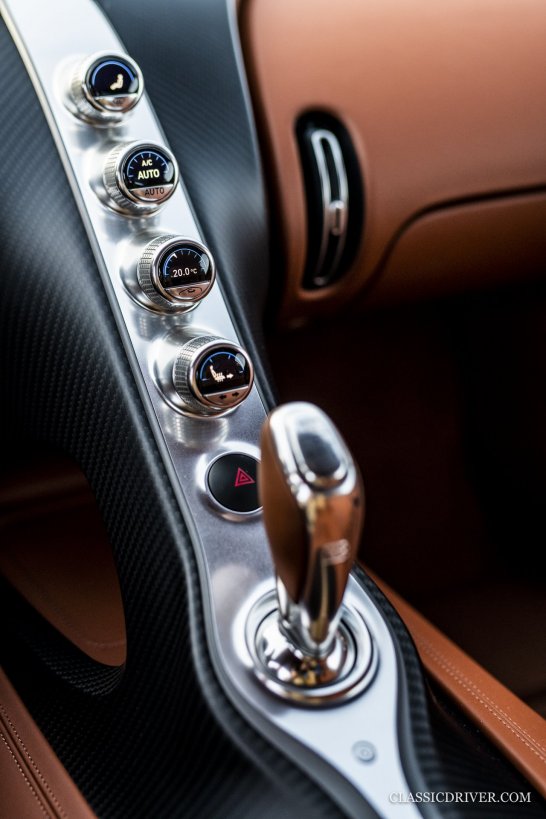
How much cash will you have to hand over for all these superlatives? 3.2 million euros, a figure that will no doubt be as jaw-dropping to many as the rest of the numbers in this article. However, for a car that represents Bugatti’s final bow in their long history of involvement in the dizzying pursuit of absolute speed, price is of little importance when you consider what a technological achievement the Chiron Super Sport is. With Mate Rimac soon to take the reins at Bugatti, this could also be the last combustion engined car to bear the Super Sport name, although, we’re certainly hoping for an encore.
Photos: Rémi Dargegen © 2021


























































